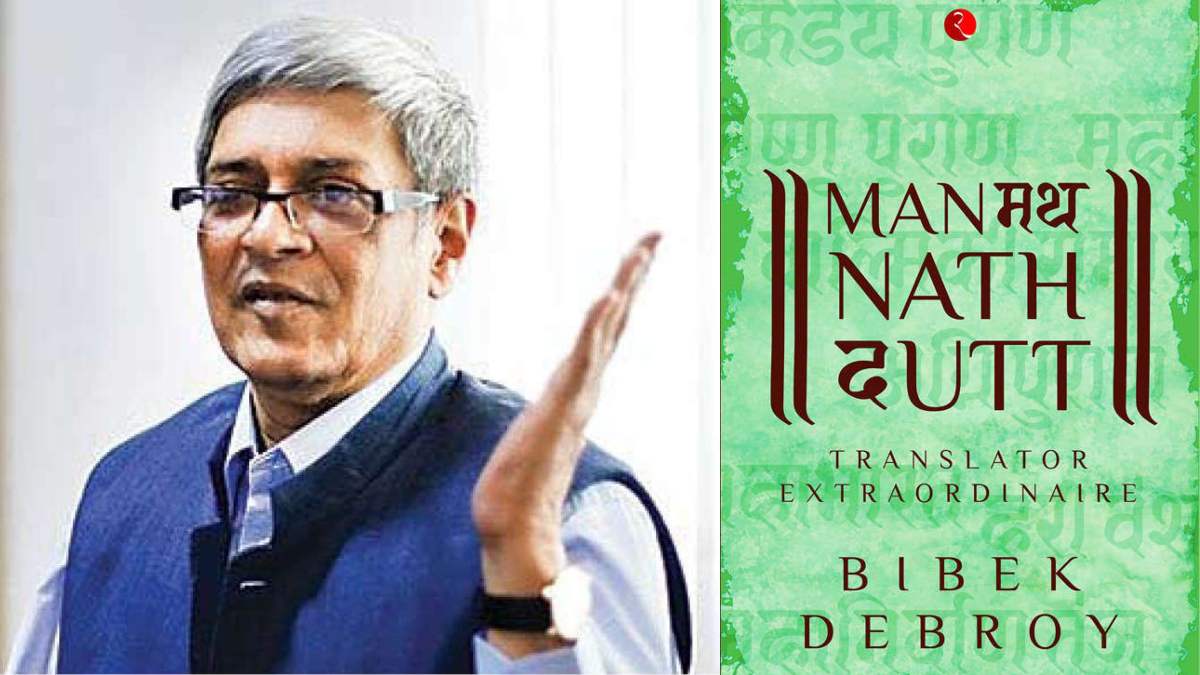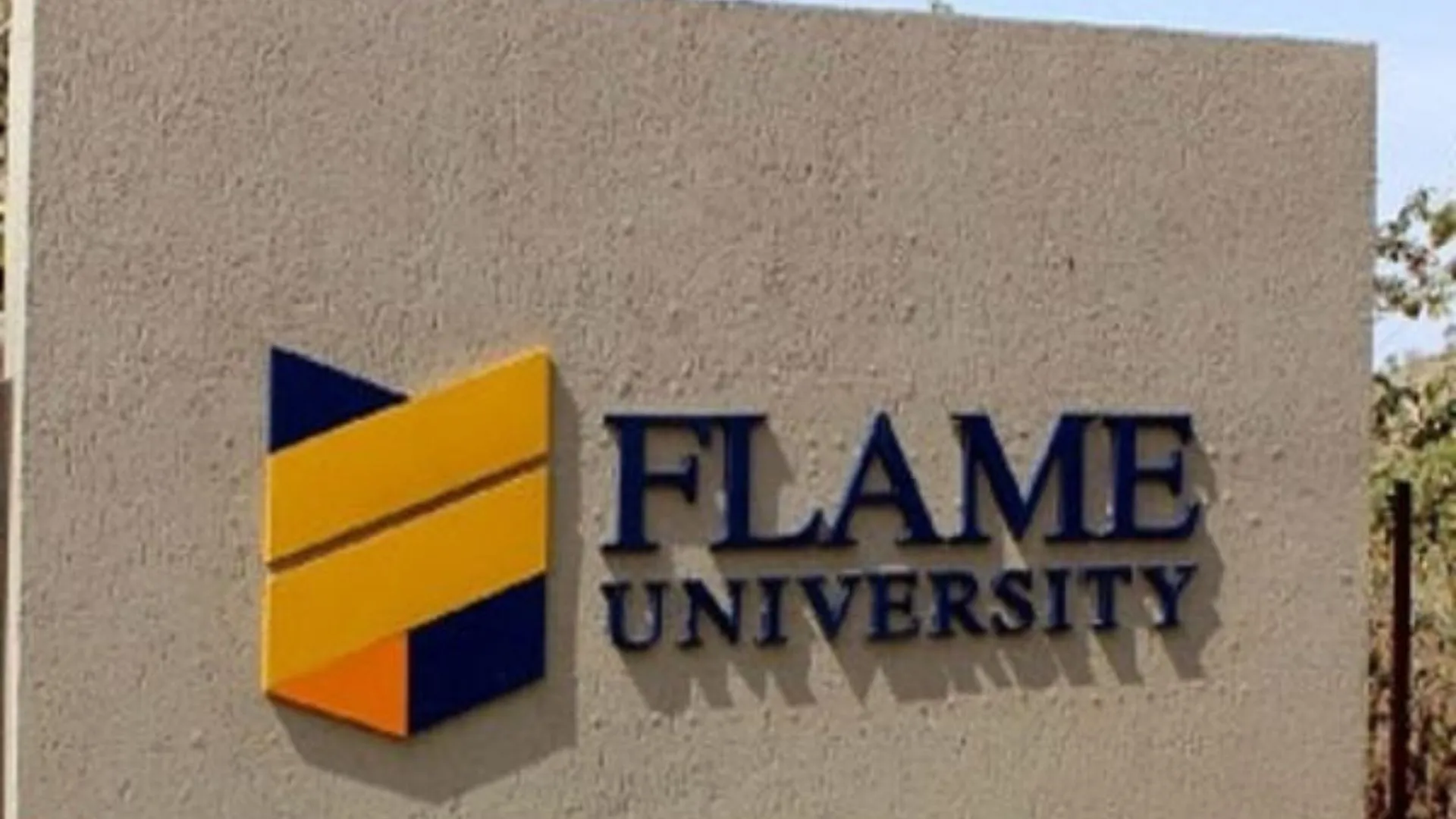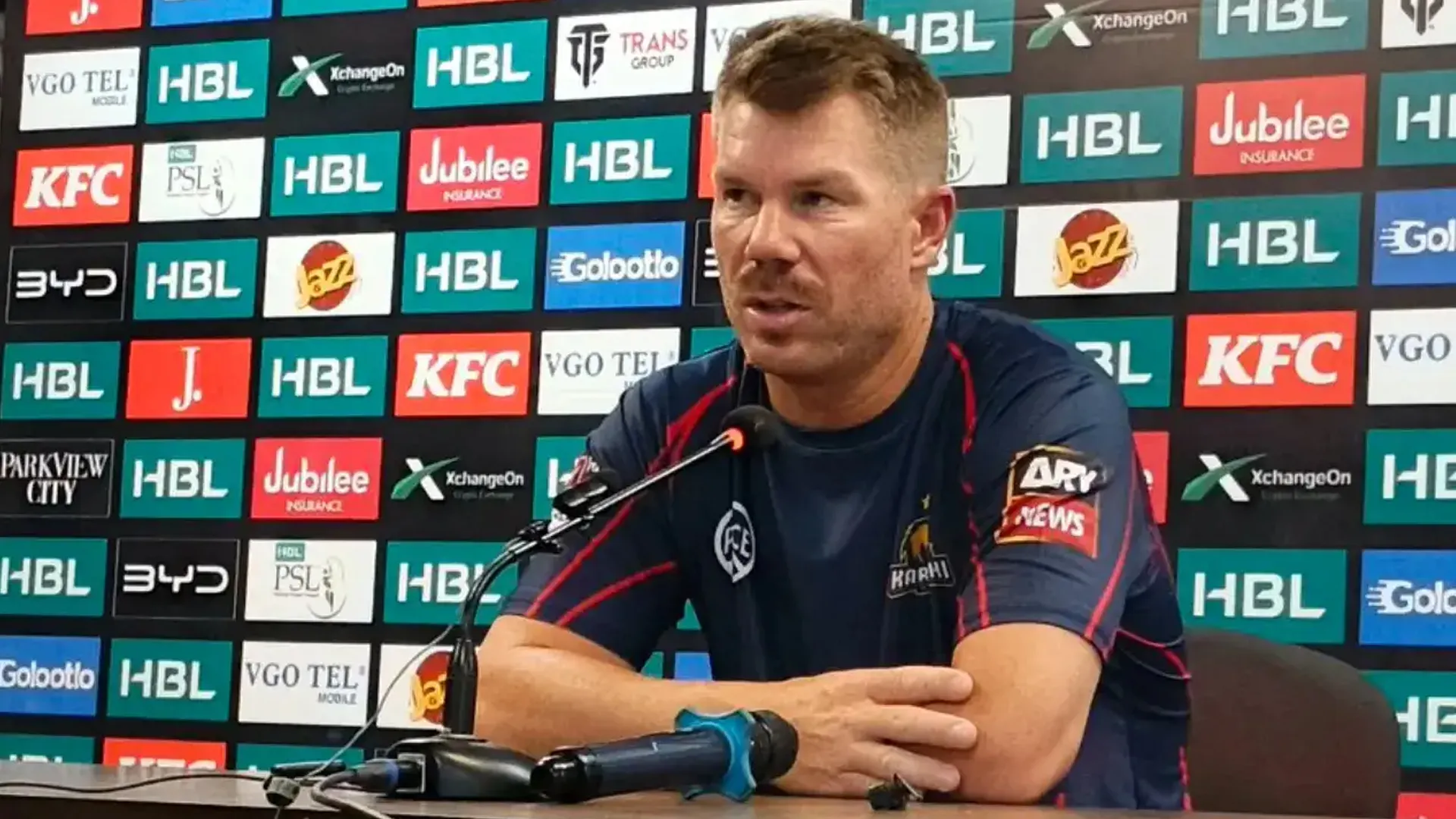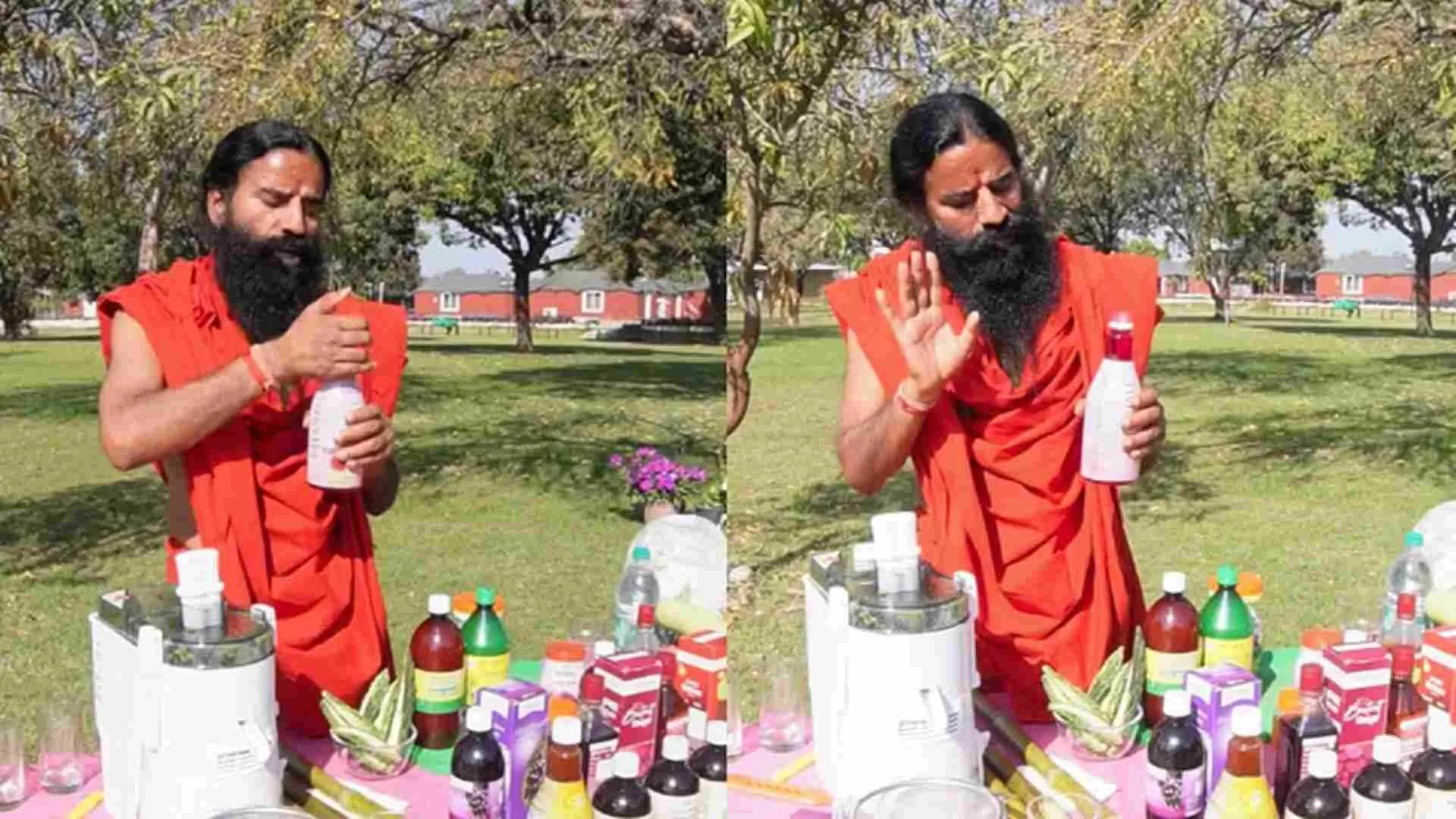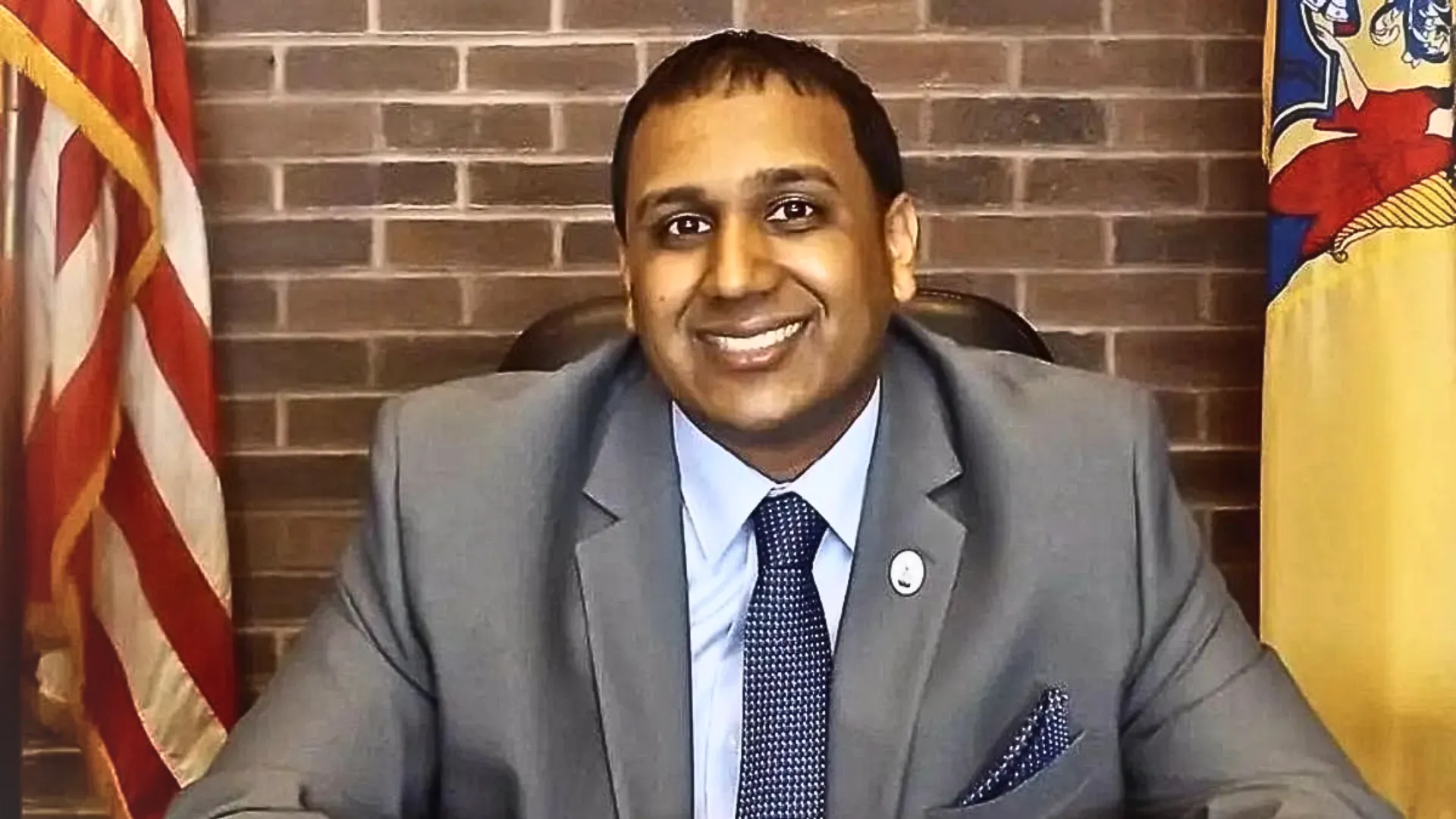Knowing Bibek Debroy and his voracious translation work from Sanskrit into English, this book seems an obvious culmination. Manmatha Nath Dutt, after all, was one stellar translator whom Debroy must have encountered almost every time he would have initiated a new project. It would have bewitched him to find this name on almost every translated work. So much so that Debroy would have often thought of following the trails left behind by Manmatha Nath.
So, who was Manmatha Nath, after all? This book is all about that. It’s an academic journey looking at the huge corpus of work produced by Manmatha Nath. But looked closely, the book is much more than just that. Debroy here isn’t just a writer and researcher; he also plays the role of a detective piecing together different clues to create an organic whole.
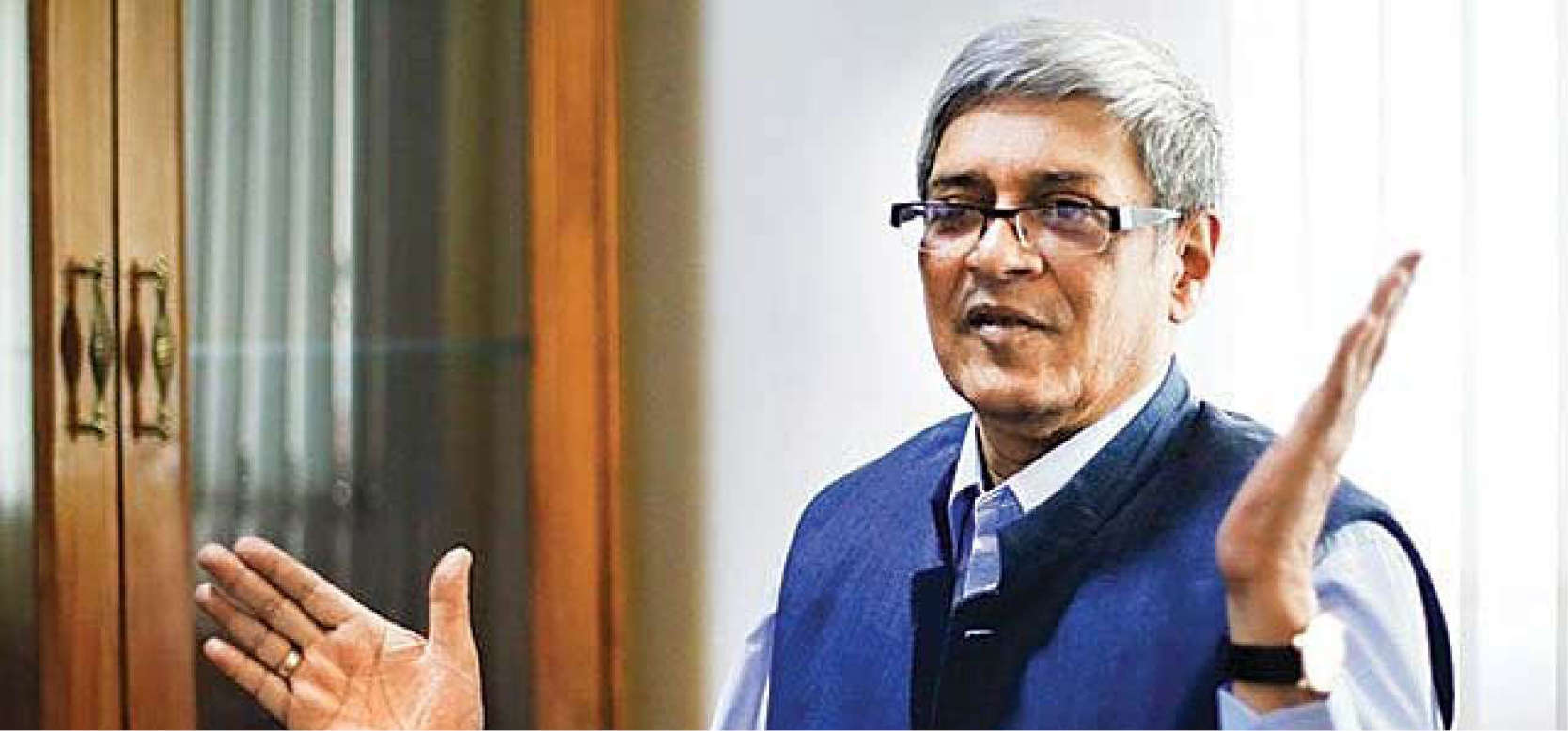
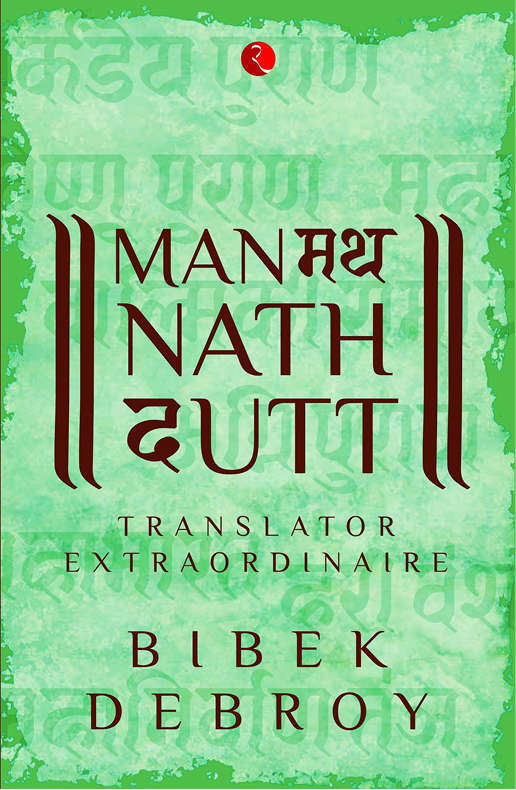
Beginning with a family clue, the author tries to trace him to the well-known Dutt families of Bengal of the times. There was obviously more than one person with the same name. So, how does one find the real Manmatha Nath? It’s this puzzle that makes the book an interesting read. And through it some of the most fascinating stories from Bengal come into picture; one of them being the saga of Kadambari Ganguly, who was believed to be India’s, if not Asia’s, first female physician. It may not be an easy read for someone not well-versed with Bengal and Bengali culture, but once grasped it’s a treat to read, for one is transported into that era of Bengal when an intellectual vibrancy was the order of the day, quite unlike the decadence and lethargy being witnessed today.
Coming back to Manmatha Nath, he translated Valmiki Ramayana, Mahabharata, Markandeya Purana, Bhagavata Purana, Vishnu Purana, Hari Vamsha, Mahanirvana Tantra, Agni Purana, Kamandakiya Nitisara, Garuda Purana, Rig Veda Samhita along with several samhitas and dharmashastra texts. Compared to his contemporaries, including K.M. Ganguli (the well-known translator of the Mahabharata), Manmatha Nath was much more prolific. In fact, he went beyond translations to write a biography of Buddha, retell stories from the Puranas, bring out tales of illustrious women in Hinduism, and author a book on Hindu metaphysics. He also seemed to have written a Bengali book, Bengali Meye (Bengali Girl); though the copy of the original novel doesn’t survive today, Debroy comes across a stray reference, a critical one though, of the book which mentions him as “boy author”! He also managed to get a revised reprint, known as Bengali Bou, published in 1892 and “clearly stated that it was a revised edition of Bengali Meye”.
Despite such illustrious work to his credit, Manmatha Nath is today erased from our minds. Almost nothing is available about him, except a few indirect references. Debroy, in fact, mentions how he found “almost nothing” about Manmatha Nath’s life, especially between 1892 and 1912, when he was intellectually very active. “There is a piece written by Shashi Shekhar in The Pioneer in 2011 and there is a German website with some information. That’s about it,” the author writes.
Through his arduous research, academic and otherwise, Debroy manages to somewhat solve some of the puzzles surrounding Manmatha Nath’s life. So, he could find out that Manmatha Nath was born in 1865, that he was born in what’s now Bangladesh, and not Calcutta, that he studied in Pabna Zila School. Debroy even uses his only Bengali novel, Bengali Meye, written at the young age of 20, to find out some clues about his life. Even the chapter, “A Bit on Roads”, is quite interesting as it takes the reader through Calcutta’s Manmatha Road, on which even poet Kazi Nazrul Islam (1899-1976) lived for some times, as it tries to find its link with Manmatha Nath Dutt.
So, despite so much work at his disposal, why was Manmatha Nath forgotten? Debroy gives answers in ‘Epilogue’, though there have been hints about the same through the book. First, says the author, “that was a different day and age. People were less concerned about ‘I’ and ‘mine’”. Debroy writes, “Manmatha Nath Dutt was MA, MRAS, rector (Keshub Academy) and ‘Shastri’. No other information was volunteered and no other information remained for posterity.” The second factor was Manmatha Nath wasn’t just a translator; he was also the publisher. Unlike Ganguli, who had a publisher to look after marketing, Manmatha Nath had to keep an eye on sales. This explains to an extent why the quality of his translation often suffered. “As a publisher trying to sell his books, Manmatha Nath Dutt also contributed to this dilution, by rehashing the translations of Ganguli, Pargiter and Wilson, instead of focusing on his own translations”, which he was quite capable of as his translation of the Mahabharata showcased. The other side-effect of owning a publishing company was that, once Manmatha Nath died and with no one in the family eager to take this legacy forward, his books just vanished.
One interesting argument in explaining Manmatha Nath’s near absence from the public psyche, says Debroy, was his failure to belong to any collective entity. “Manmatha Nath Dutt was never identified with any of the religious movements of the time—Christianity, the theosophist movement, the Brahmo Samaj, the Ramakrishna Mission. He had friends who were theosophists, but he wasn’t one. He had friends who were Brahmos, and so probably he was, but he was never intimately associated with any of the Brahmo Samaj activities. After the schism within the Brahmo Samaj, he identified with the less influential wing. And despite being a Brahmo, particularly after Swami Vivekananda in Chicago, he was increasingly attracted towards Hinduism,” writes the author. (Interestingly, Manmatha Nath frequently quoted Vivekananda but never directly named him.) Maybe he died young enough at the age of 47, much before his thoughts and ideas could be crystallised. As his writings on Hinduism suggest, he was slowly moving towards that direction but he could not complete this journey.
Like his life, his death was also hazy. In that way, as Debroy concedes, this is “by no means a biography of Manmatha Nath Dutt”. After all, there are several gaps in the account which the book couldn’t exactly fill. For example, it’s still debatable if he died in 1912, though there are strong hints suggesting the same. The author also explains why there was no mention of his death in the otherwise vibrant Calcutta newspapers of that time.
Overall, what may appear to be a flaw is actually the book’s strength. The mystery surrounding Manmatha Nath and Debroy’s earnest endeavour to solve it make it an enchanting book, especially the way the author goes around solving one mystery after another. It’s like a thriller in a serious, non-fiction form. And like a good thriller, it expects the reader to be patient, to first get used to the complex, almost alien milieu, and look closely at intriguing characters. But once you are into it, then there’s no stopping. Manmatha Nath Dutt: Translator Extraordinaire, in that way, is a clear winner.

